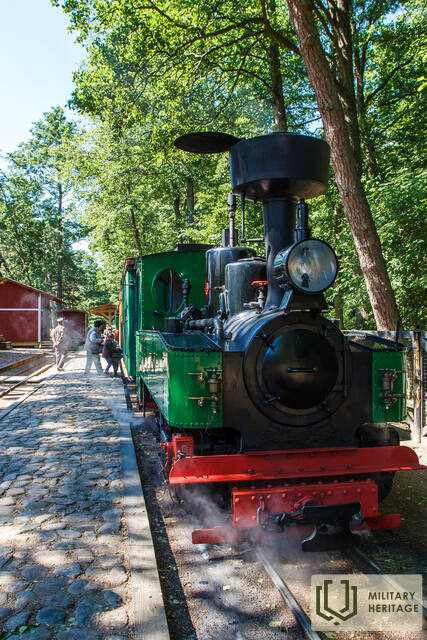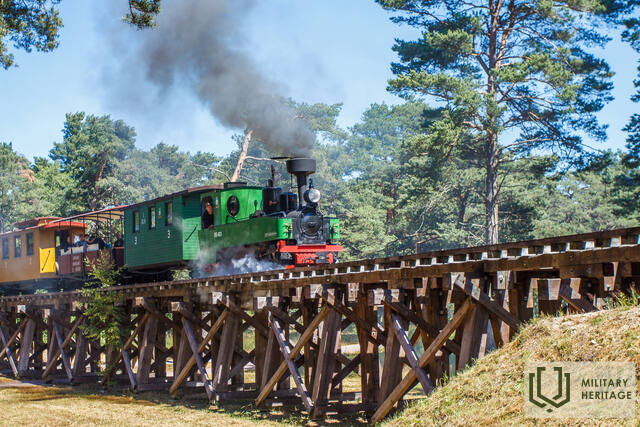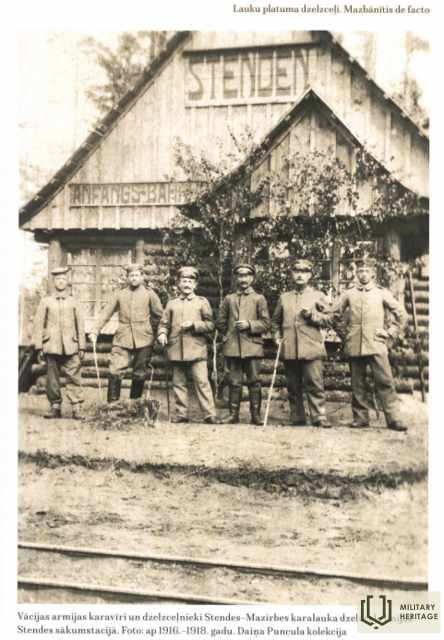Narrow gauge railway train “Mazbānītis” in Ventspils Seaside Open-air museum
Museum

In the Seaside Open-Air Museum in Ventspils you can take a ride on two narrow-gauge railway lines with the train ‘Mazbānītis’. The Circle line is 1.4 km and the Mountain line is 3 km. ‘Mazbānītis’ is the locomotive that transported passengers and cargo on 600 mm narrow-gauge railway tracks between 1916 and 1963. It is a legacy of military history from World War I that once played an important role in the cultural and economic development of northern Kurzeme by connecting settlements and providing new jobs.
Construction of a large 600 mm narrow-gauge railway network is largely associated with World War I, when the German Army in 1916 started the construction of several so-called military field railways (Heeresfeldbahn in German) in the occupied territory of Latvia. These railways could be quickly constructed, deconstructed and moved to another front line. The Latvian narrow-gauge railway network was used also during World War II. For almost 60 years the narrow-gauge railway was the only safe way of transporting passengers, various agricultural products and timber to cities in both winter and summer.
Used sources and references:
www.muzejs.ventspils.lv/piejuras-brivdabas-muzejs/mazbanitis/
Related topics
Related stories
The important place of Stende station in the Karalauskas railway network
The main task of the battlefield railways in the Irbes Strait area was to provide the German army's coastal defense positions with cannons and ammunition.
600mm narrow gauge railways in Sēlia
It is often said that war is the father of all things, and that has literally been the case with the Latvian rural railways. Any army, whether attacking or defending, requires considerable resources to ensure warfare. When the German army entered the territory of Latvia in 1915, it faced supply challenges. By the end of 1915, the front had stabilized along the Daugava line. Historically, the population density in the territory of Sēlija was low, and therefore there was no extensive network of transport routes.












































